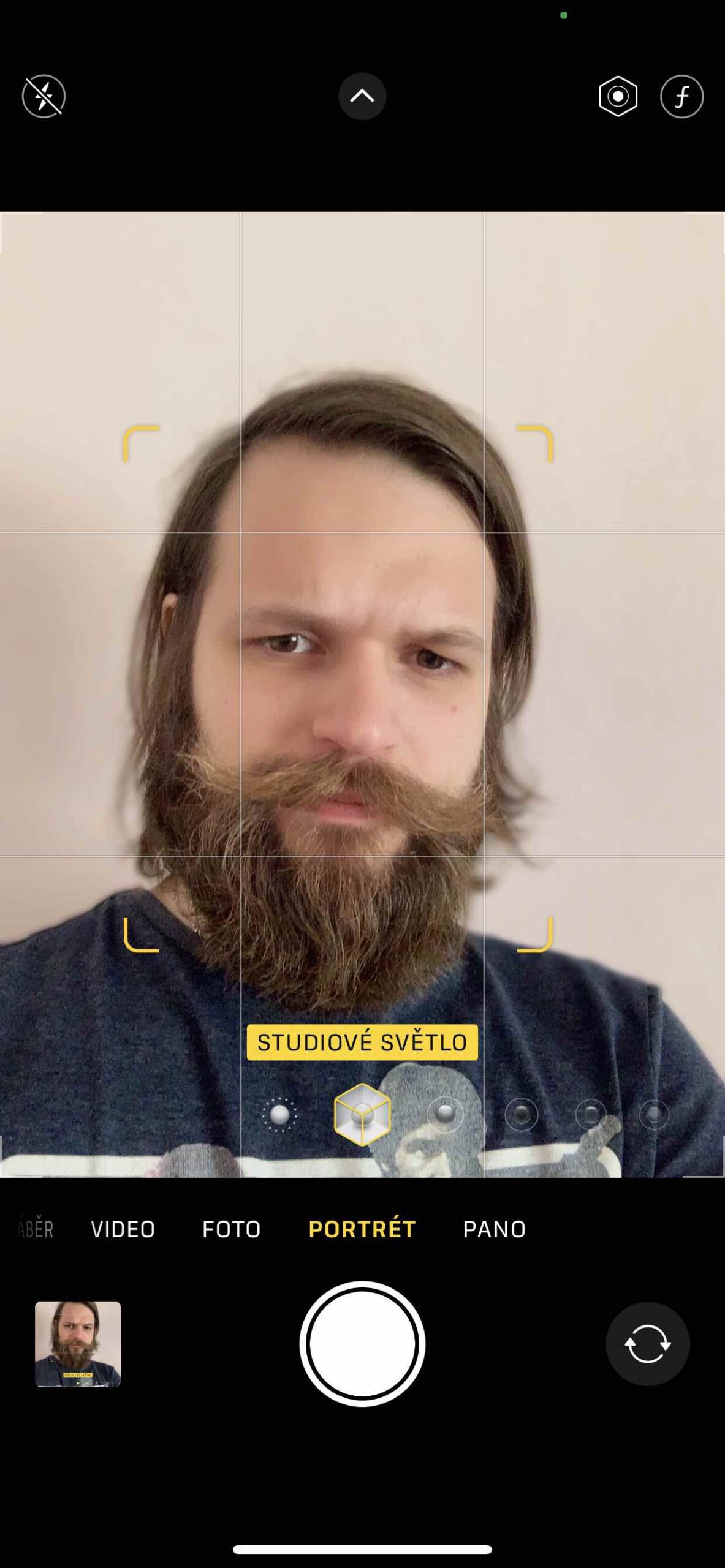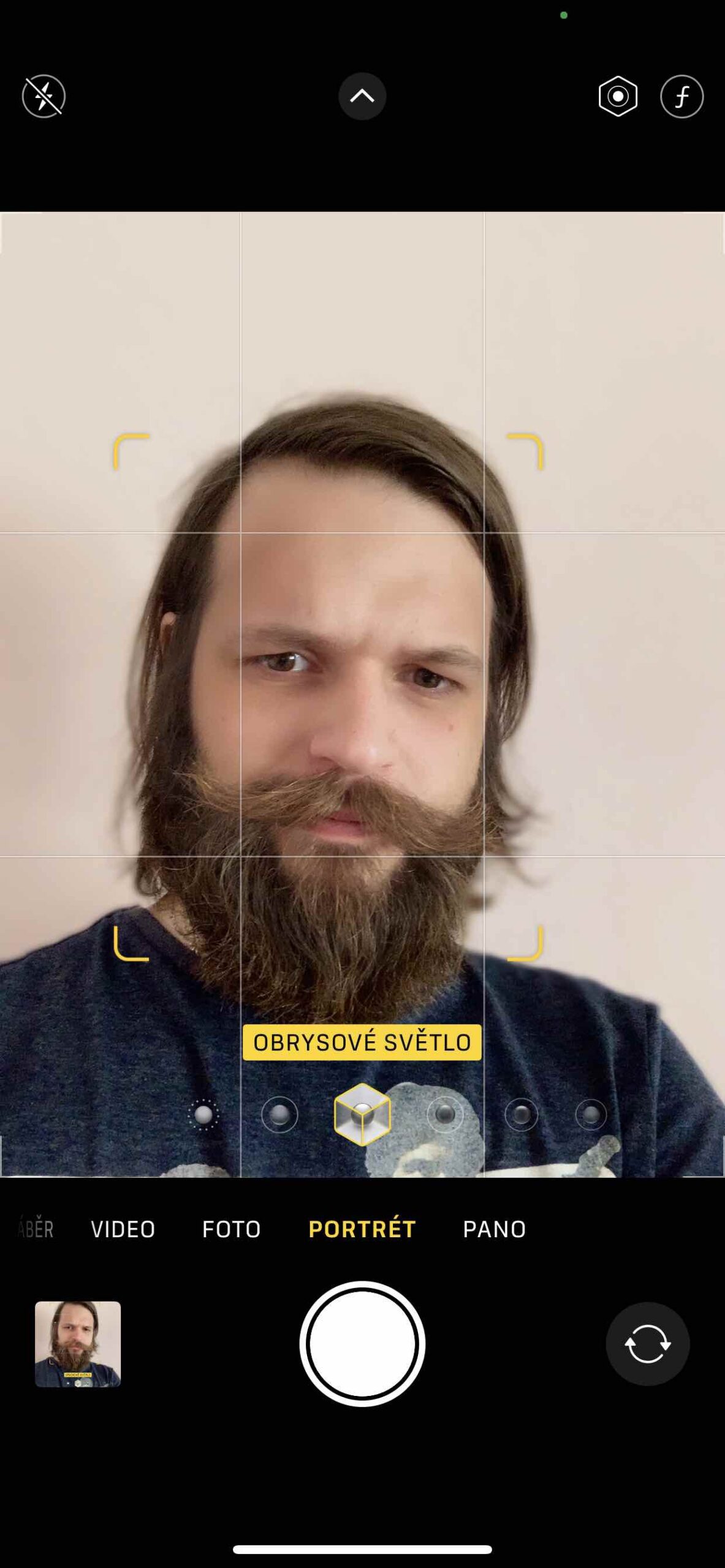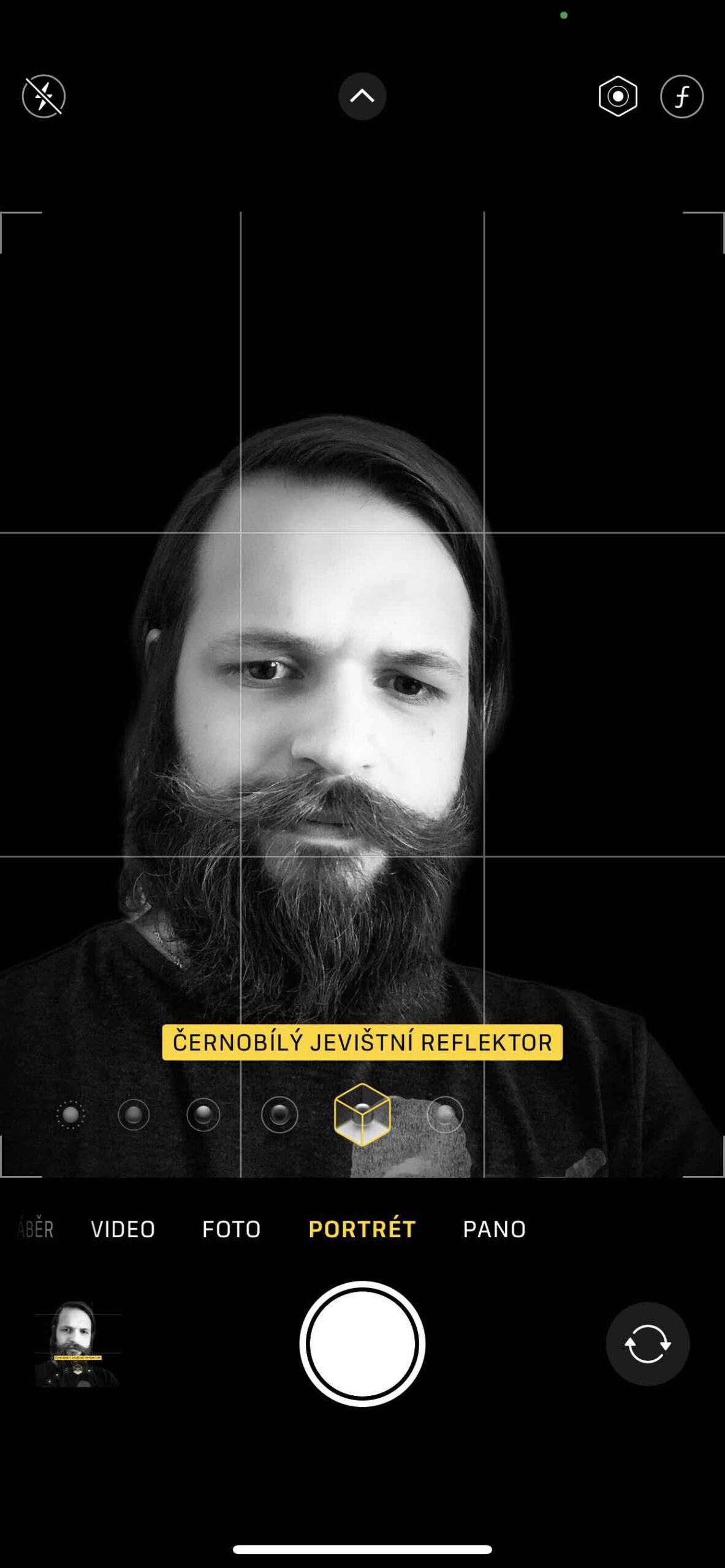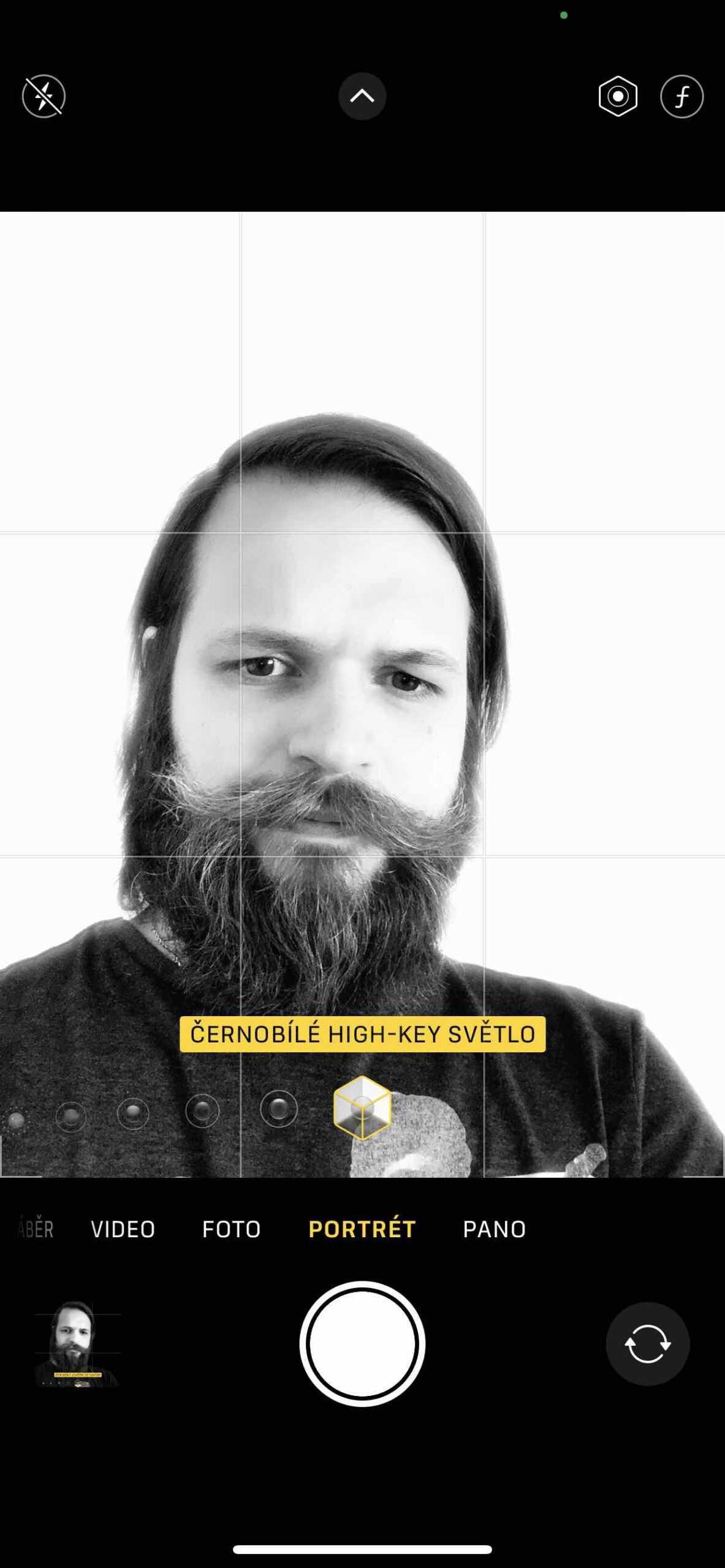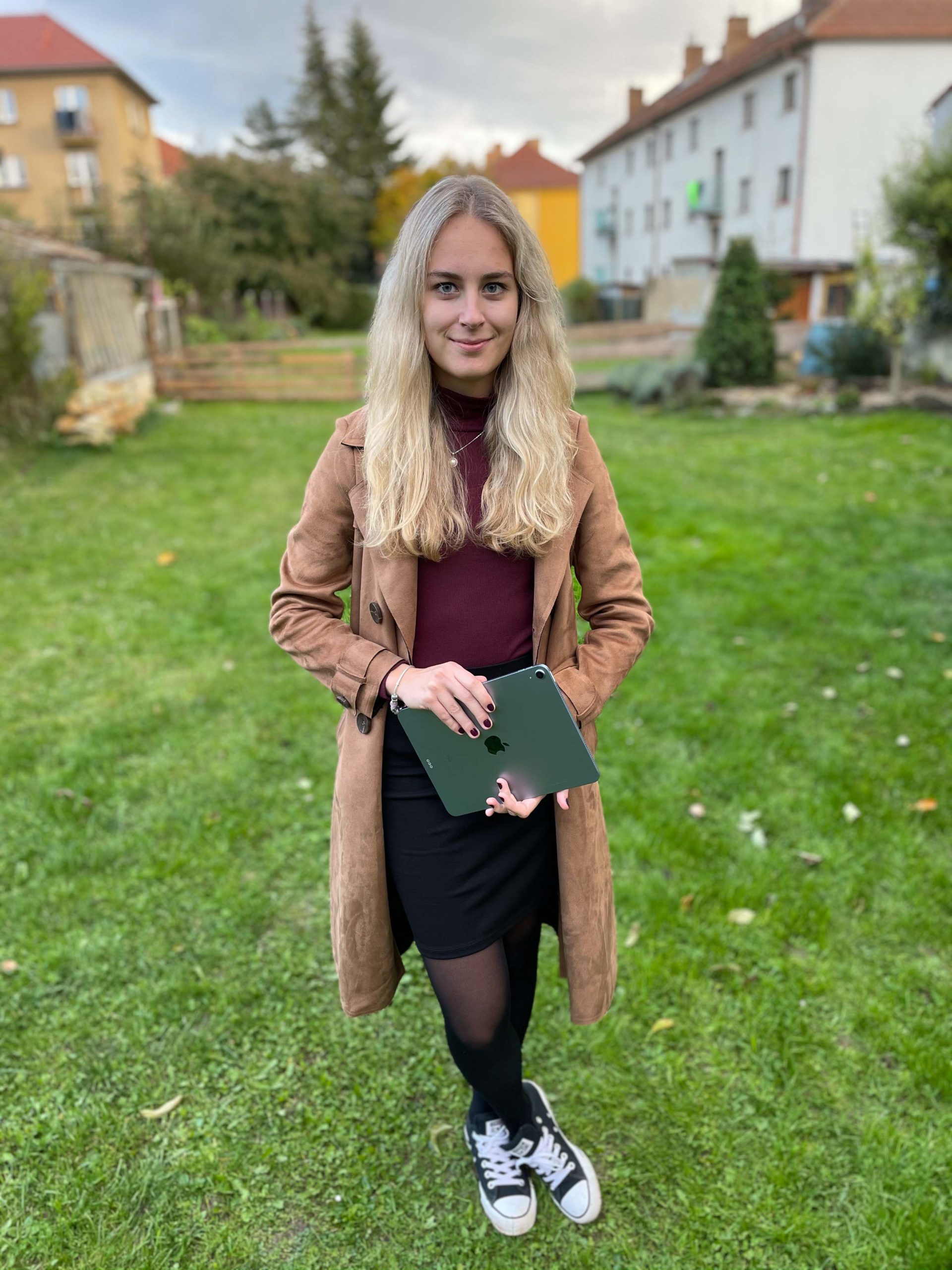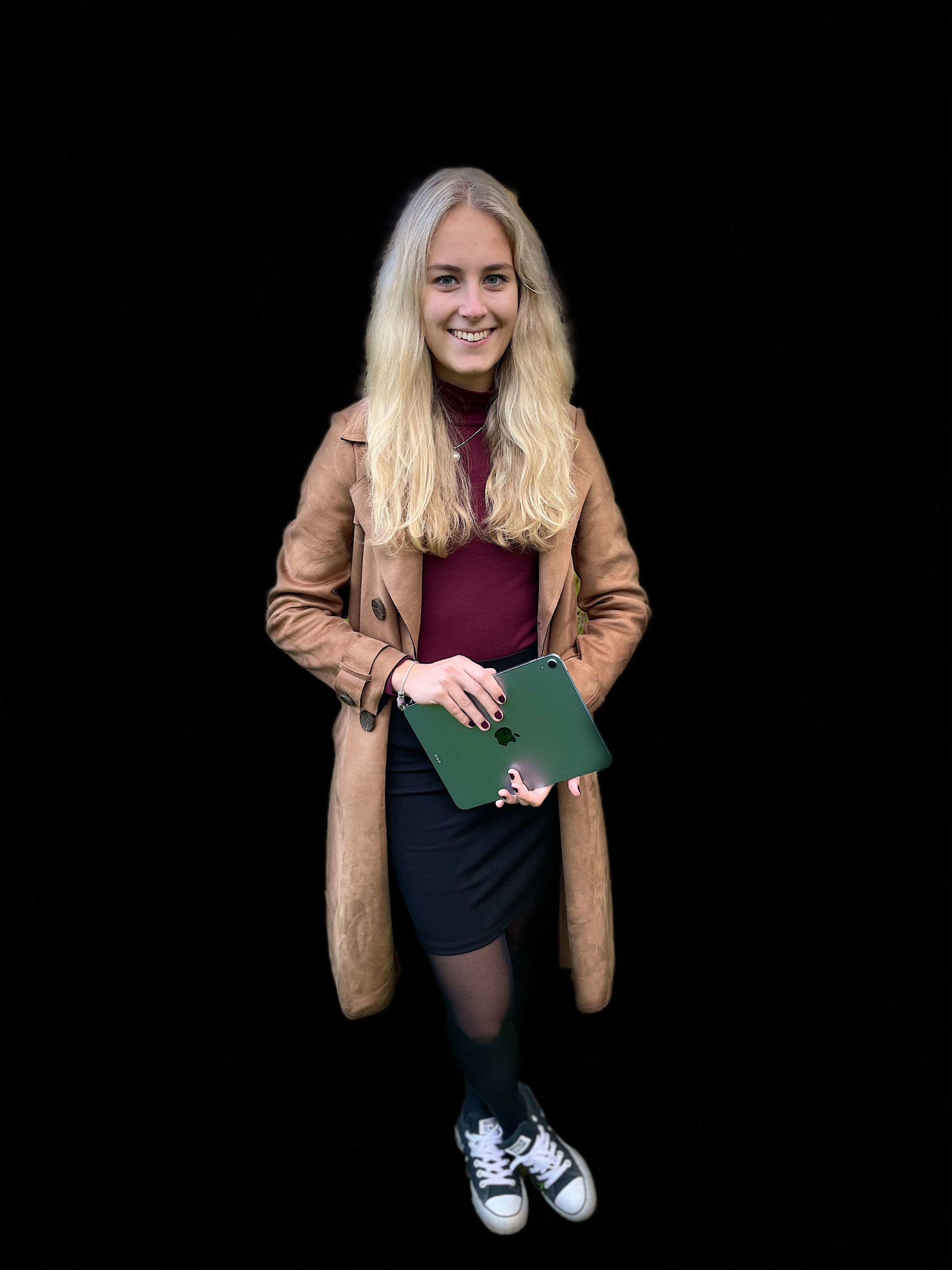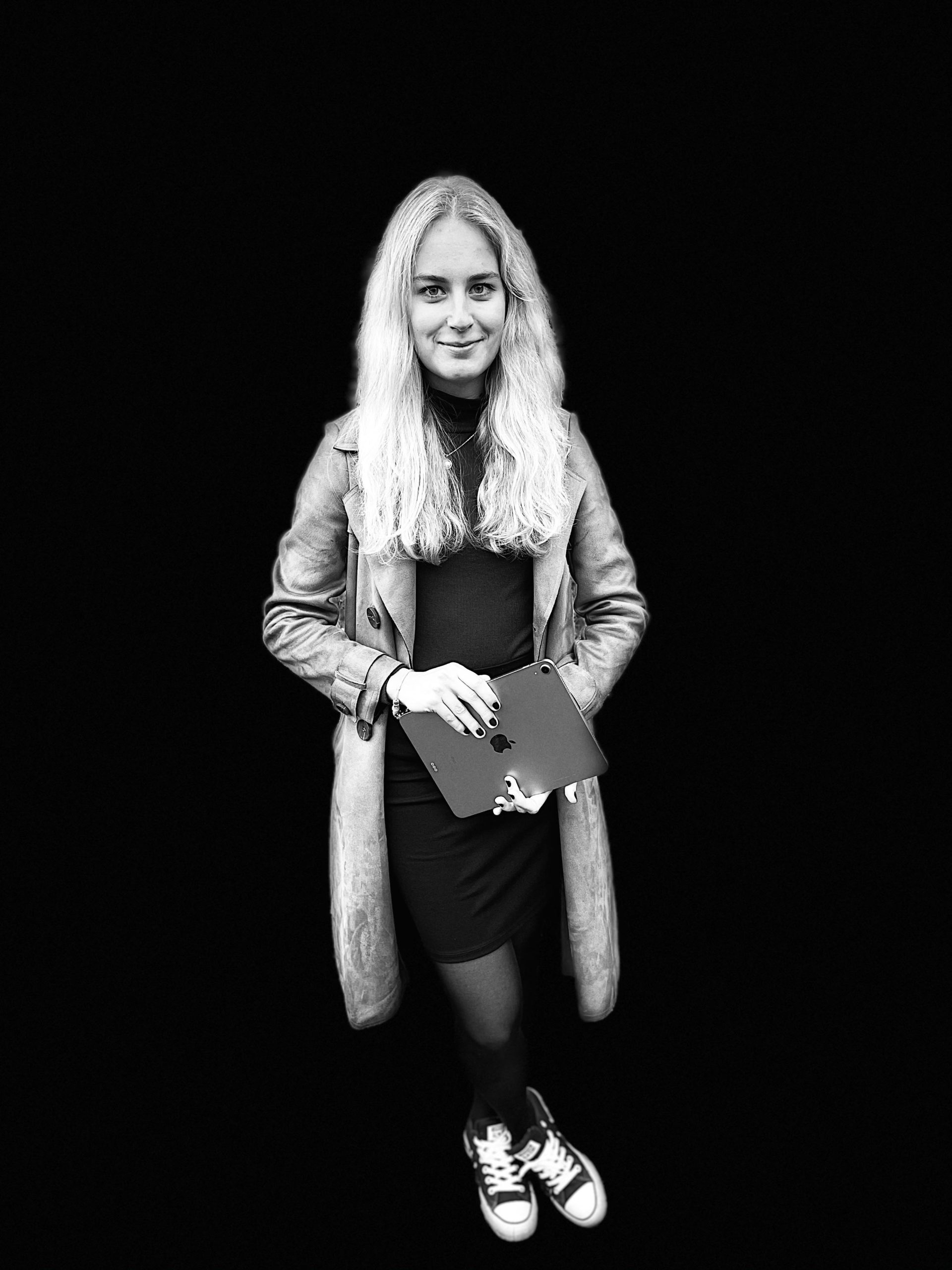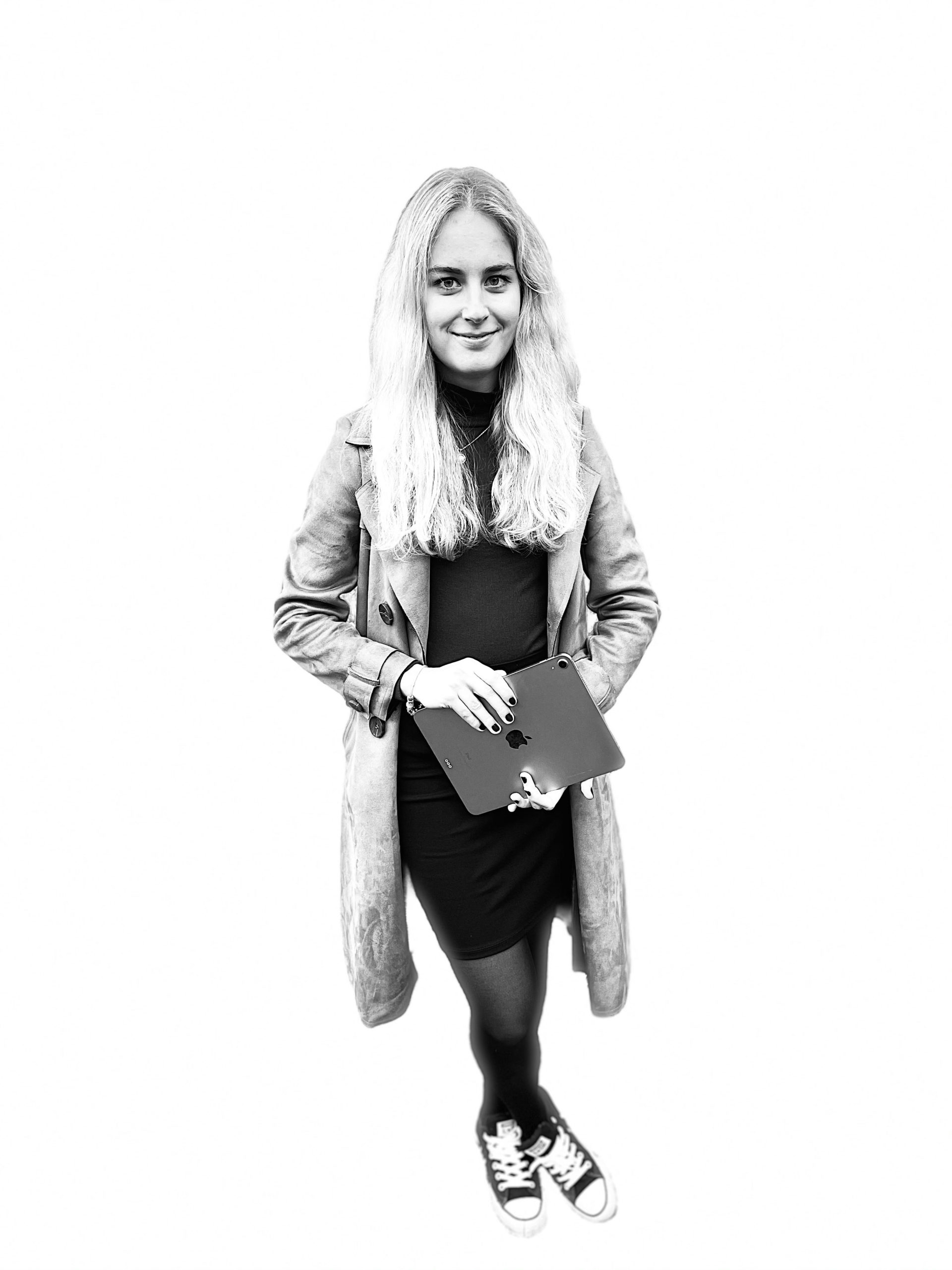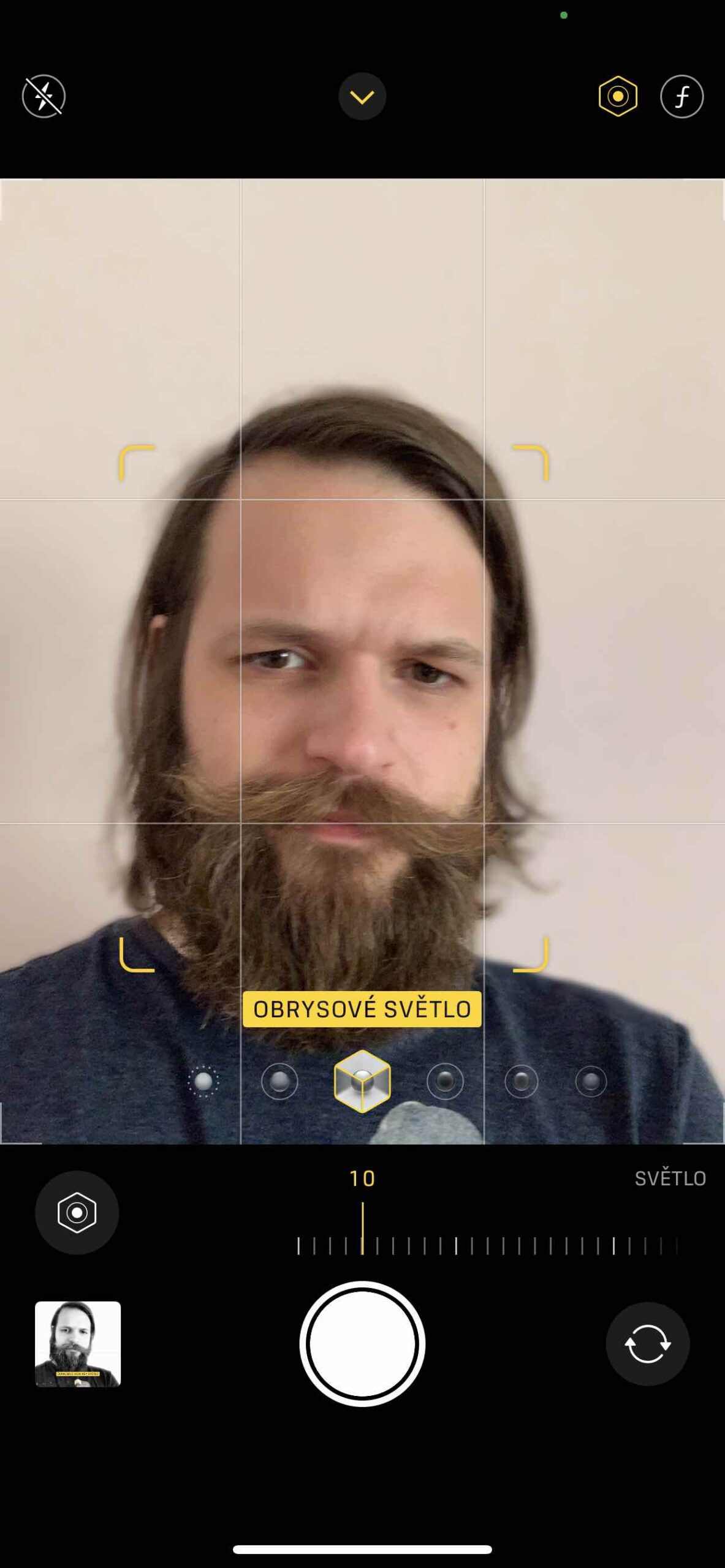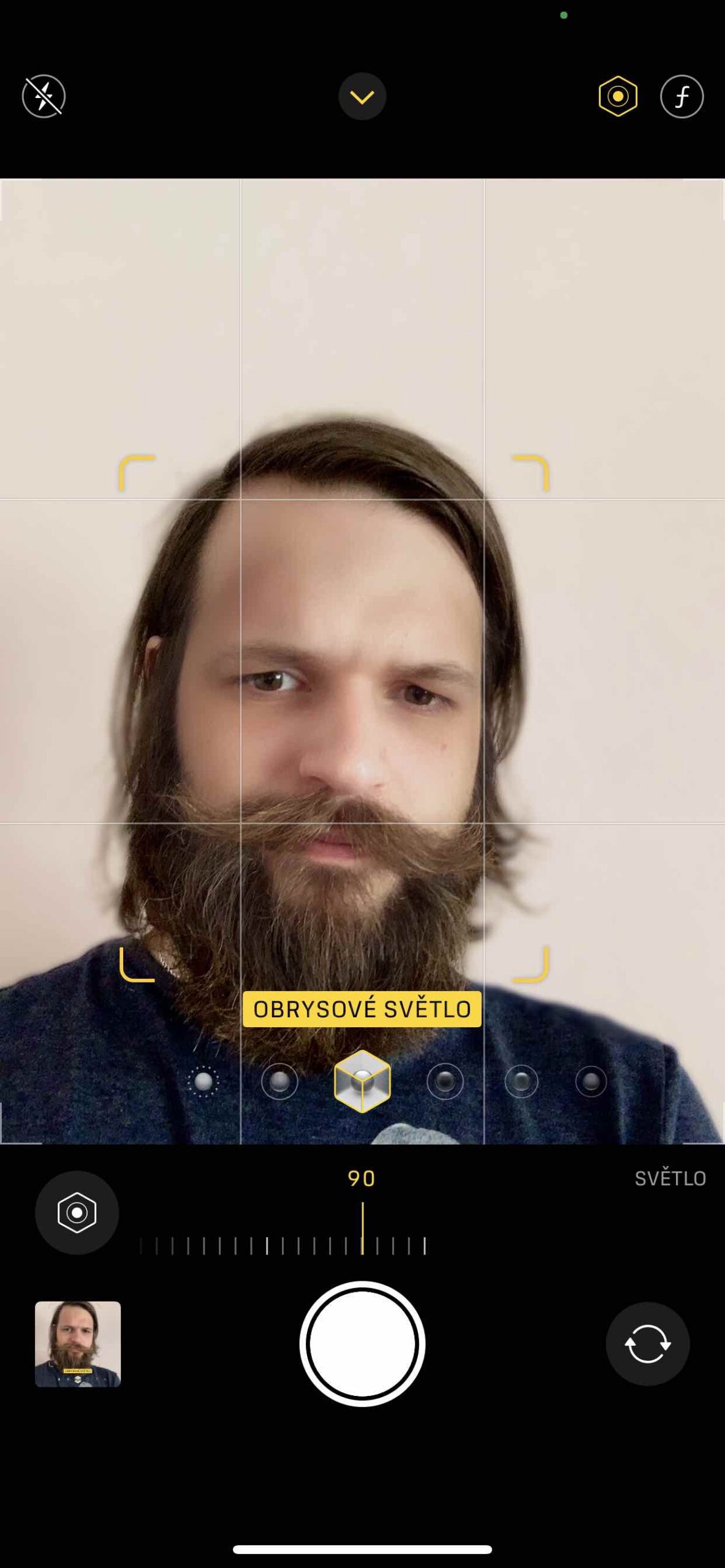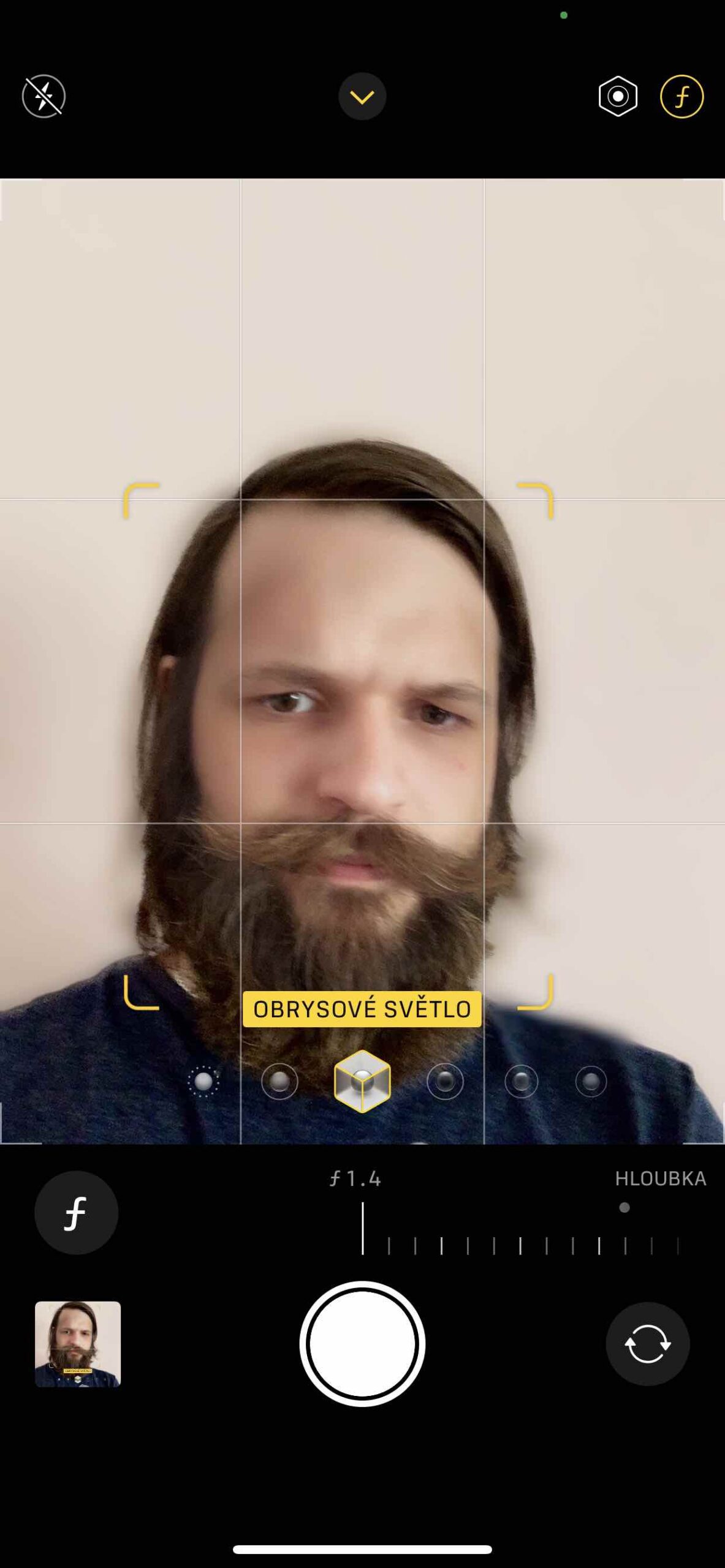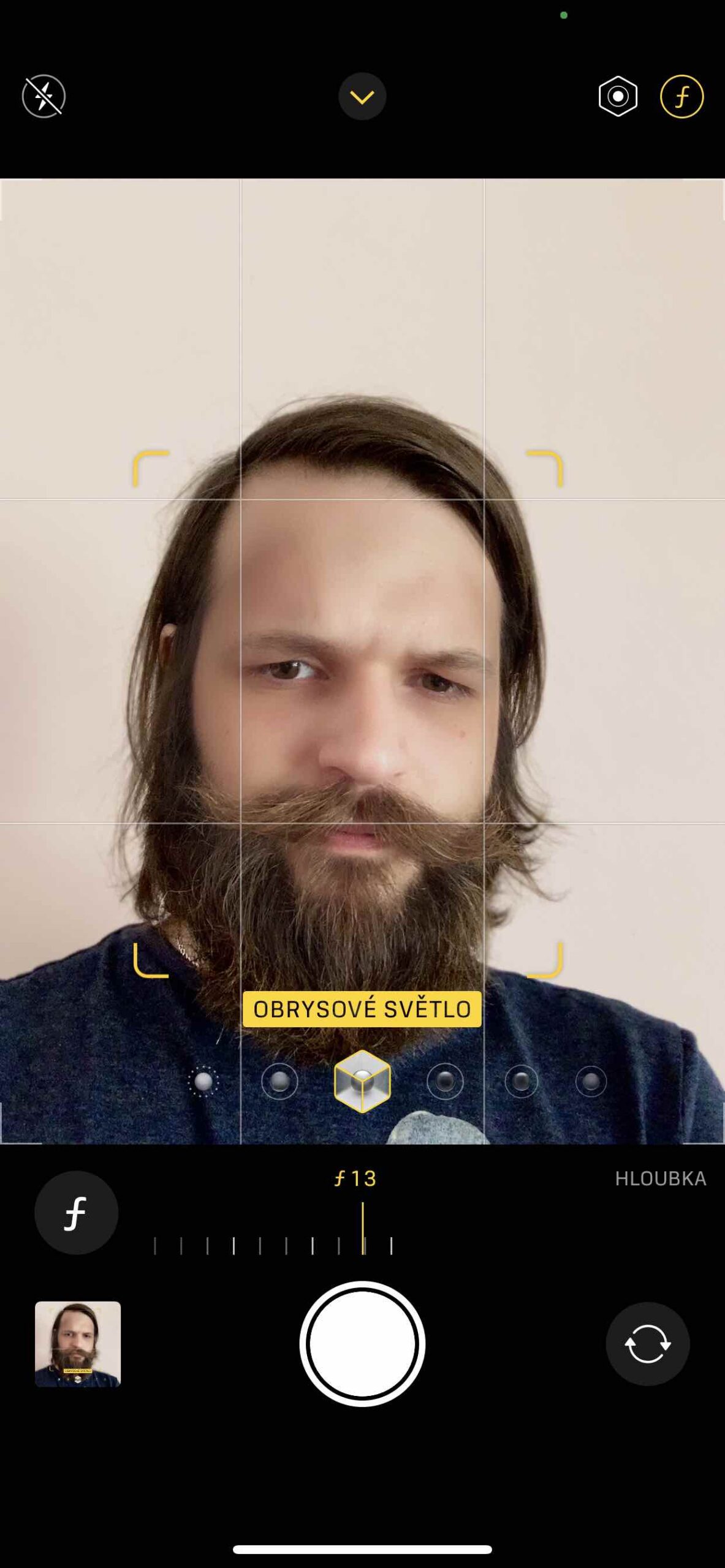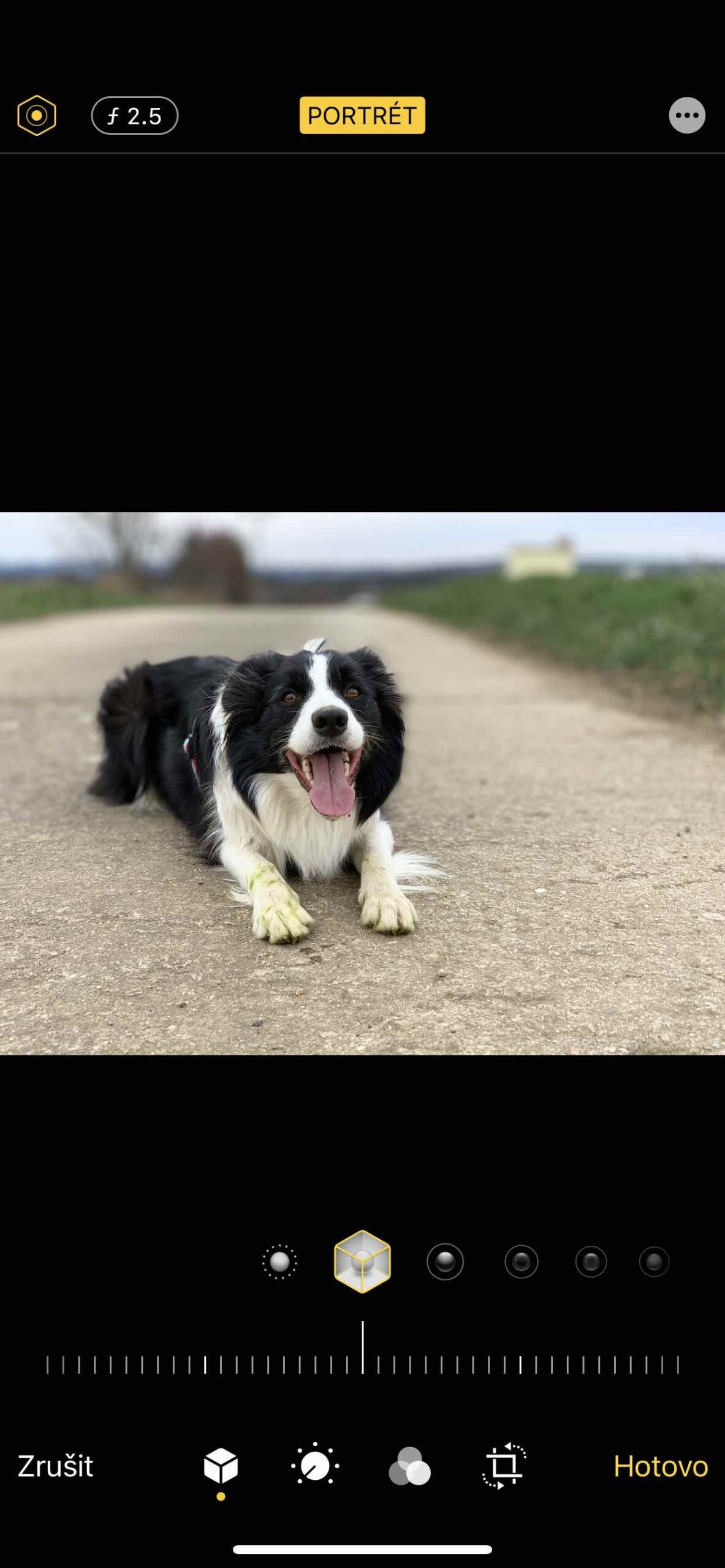The power of cell phones is that once you unbox them and fire up the camera app, you can immediately take photos with them. Just aim at the scene and press the shutter, anytime and (almost) anywhere. But the result will also look like that. So it takes some thought to make your images as pleasing as possible. And from that, here is our series Taking photos with an iPhone, in which we show you everything you need. Now let's look at the Portrait mode and its regularities.
The Camera app is the basic photography title on iOS. Its advantage is that it is immediately at hand, because it is fully integrated into it, and also that it works quickly and reliably. It also offers several modes that you can switch between by simply swiping your finger sideways. Among them you will also find the popular Portrait, which Apple introduced in the iPhone 7 Plus and immediately gained great popularity among mobile photographers. He is gradually improving it and adding many options to it, such as determining the depth of field.
It could be interest you

The following iPhone models have portrait mode:
- iPhone 12, iPhone 12 mini, iPhone 12 Pro, iPhone 12 Pro Max
- iPhone SE (2nd generation)
- iPhone 11, iPhone 11 Pro, iPhone 11 Pro Max
- iPhone XR, iPhone XS, iPhone XS Max
- iPhone X, iPhone 8 Plus
- 7 iPhone Plus
- iPhone X and later offers Portrait even with the front TrueDepth camera
Portrait photography
Portrait mode creates a shallow depth of field effect. Thanks to this, you can compose the photo so that the person in the shot is sharp and the background behind them is blurred. When you want to use portrait mode, open the app Camera and swipe to select a mode Portrait. If the app tells you to move away, move away from the person being photographed. Until it the frame turns yellow, you can take pictures.
If you are too close, too far or it is too dark, the application will alert you. You can also use the True Tone flash (preferably in the backlight, rather than at night), set the self-timer or enhance the photo with a filter. Some iPhone models offer several options for Portrait mode, such as 1× or 2×, which switches the angle of the shot.
On the iPhone XR and iPhone SE (2nd generation), the rear camera needs to recognize a human face because they don't have two lenses. Only then is it possible to take a photo in Portrait mode. However, if you want to take pictures of pets and objects on these phones, an app can help you do that Halide, which bypasses the limitations in the form of the presence of a human face.
It could be interest you

Changing portrait lighting and depth of field
Natural light, studio light, outline light, stage spotlight, black-and-white stage spotlight, and black-and-white high-key light are the lighting options that can be used for portrait photos (the iPhone XR's rear camera only supports the first three effects). You can determine them before taking the picture, but also after it, if you find the photo in Photos and you choose an offer for it Adjust.
You determine the intensity by tapping the portrait lighting button it has hexagon shape. You will then see a slider that you can use to increase or decrease the intensity. This can also be done after taking the picture. In both cases, this is a non-destructive edit, so you can change it at any time or undo it entirely. This also applies to the portrait effect itself. Depth of field has a symbol ƒ bounded by a circle. After selecting the function, you will see a slider again, where you can drag it to edit the depth. Even if you are shooting in Portrait mode, you can still apply other standard application filters to the scene. Note: The interface of the Camera app may differ slightly depending on the iPhone model and iOS version you are using.
 Adam Kos
Adam Kos 
